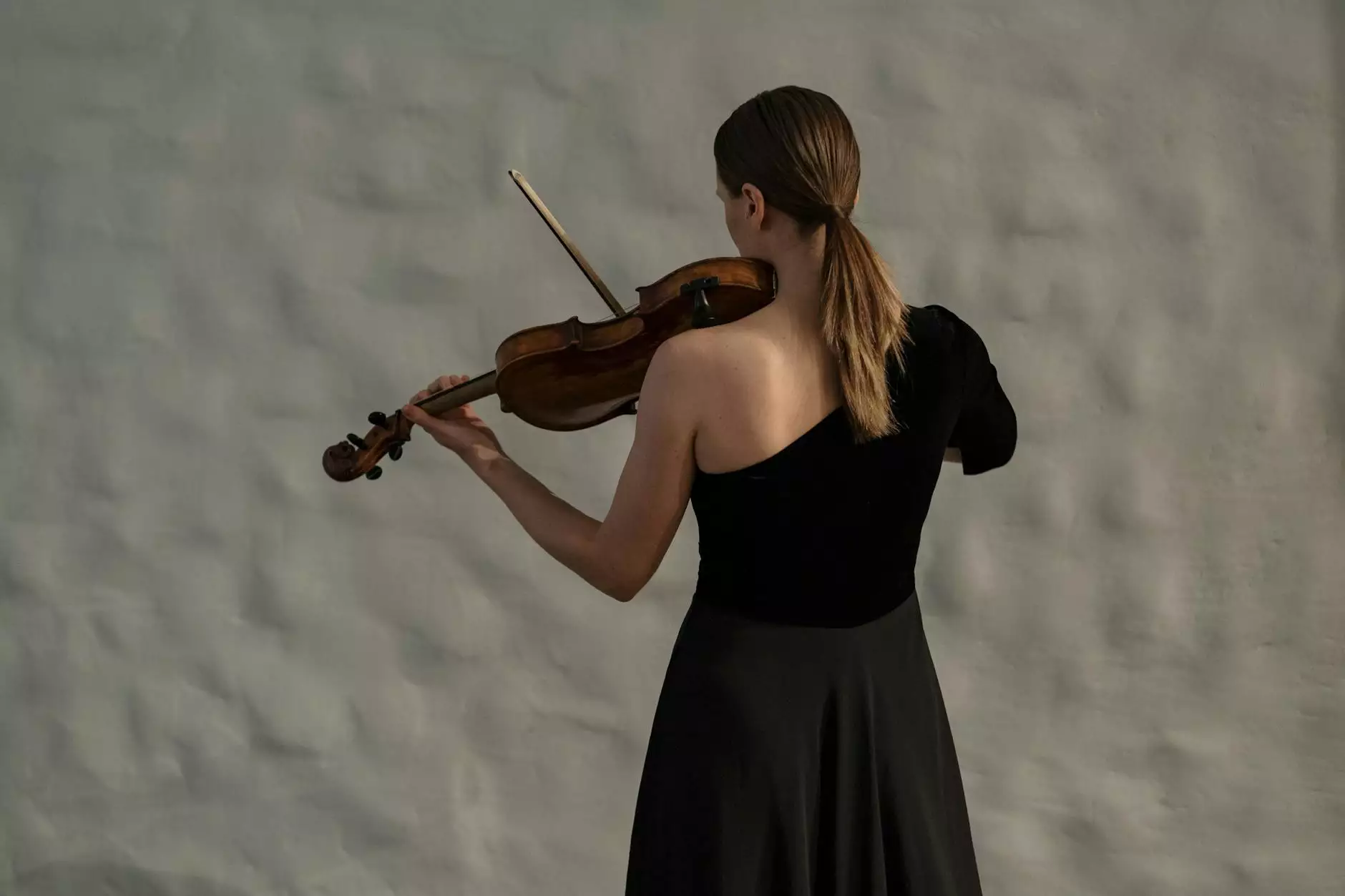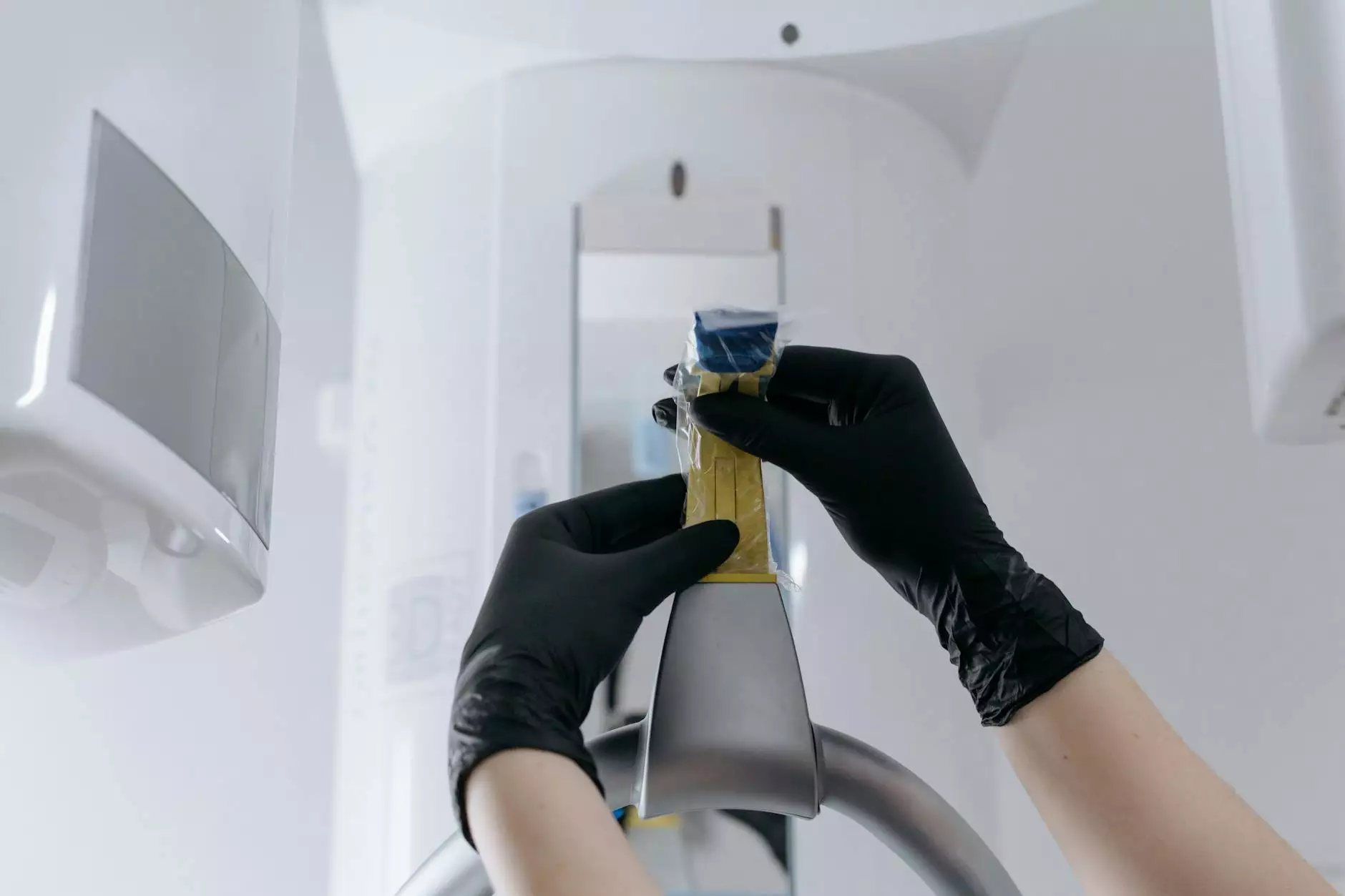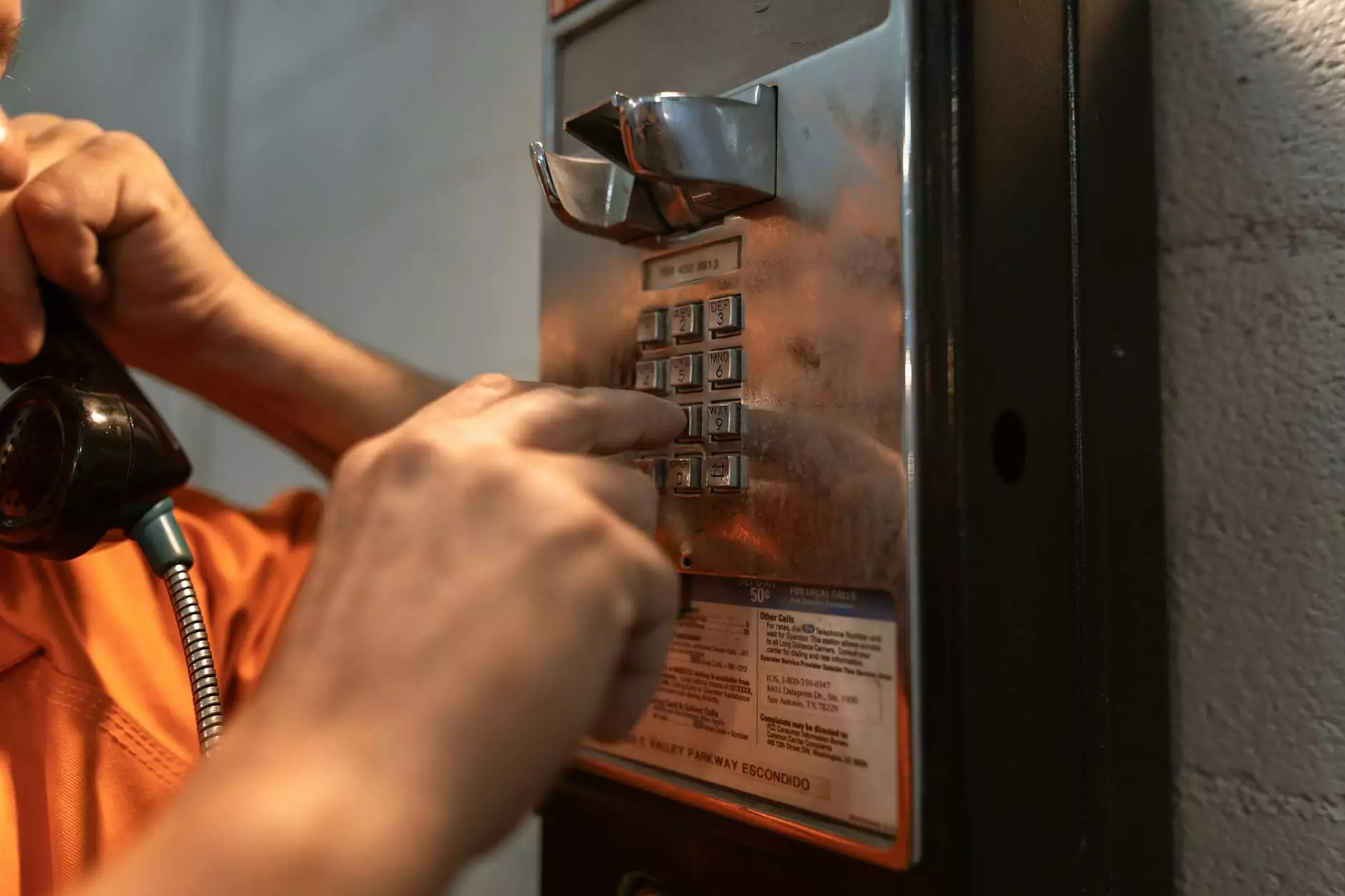Exploring Site-Specific Light Art: Transforming Spaces into Experiences

Site-specific light art is an innovative and immersive form of artistic expression that has gained significant traction over recent years. This medium intertwines the natural and built environments, utilizing light to create captivating experiences that resonate deeply with viewers. The art form is not merely about aesthetics; it is about creating a dialogue between the artwork and its surroundings, provoking thought and emotion.
What is Site-Specific Light Art?
At its core, site-specific light art refers to artwork that is created for a particular location. Artists in this field design their installations to interact with their environment—whether that be a historical building, a park, or an urban landscape. The use of light as the primary medium allows for a plethora of creative possibilities, beautifully enhancing the unique features of each site.
The Role of Environment in Light Art
The significance of the site in site-specific light art cannot be overstated. Each installation is uniquely tailored to its environment, embodying the essence of the space it occupies. Here are some ways in which the environment influences light art:
- Architectural Features: Light can highlight and alter the perception of a structure's design, adding depth and dimension in unexpected ways.
- Natural Elements: Elements such as trees, water, and topography create reflections, shadows, and textures that enhance the interplay of light.
- Cultural Context: The historical and cultural significance of a location can inform the themes presented in the light installation, engaging viewers on multiple levels.
History of Site-Specific Light Art
The origins of site-specific light art can be traced back to various movements in contemporary art. In the late 20th century, artists began to experiment with light as a physical medium rather than just a tool for illumination. This led to groundbreaking installations that challenged conventional definitions of art and space.
Pioneering Artists and Their Impact
Artists such as James Turrell, Olafur Eliasson, and Dan Flavin have played pivotal roles in establishing the significance of light in art. Their work utilizes light not only as a medium but also as a means of engaging audiences in profound interactions with their settings. Here's a brief overview of their contributions:
- James Turrell: Known for his immersive light installations, Turrell’s works encourage viewers to contemplate the nature of perception through light and space.
- Olafur Eliasson: Eliasson explores the relationship between nature and digital technology, creating experiential environments that provoke reflection on climate change and human interaction.
- Dan Flavin: Flavin’s minimalist works leverage fluorescent light to alter architectural spaces, transforming the atmosphere of ordinary fixtures.
The Process of Creating Site-Specific Light Art
Creating site-specific light art is a multifaceted process involving several key stages, each vital to crafting a cohesive and impactful installation.
1. Research and Concept Development
The journey begins with in-depth research about the site. This phase involves understanding the historical context, natural features, and cultural meanings associated with the location. Artists often immerse themselves in the environment, walking the space at different times of the day to observe how light interacts with various elements.
2. Design and Planning
Once research is complete, the artist sketches out design ideas. This includes determining what type of lighting will be employed—be it artificial, natural, or a blend of both. The artist also considers the best materials and technology to use, making choices that align with the vision and practicalities of the environment.
3. Collaboration with Local Stakeholders
Collaboration often plays a crucial role in executing a successful installation. Many artists work alongside local communities, architects, and city planners to ensure that the artwork resonates with local values and needs. This partnership is essential in achieving a harmonious integration of art into the public realm.
4. Installation and Audience Interaction
The installation process can be complex, involving significant logistical coordination. Once the artwork is installed, the artist often engages with the public to guide viewers through their experience. This interaction is vital; it allows audiences to connect emotionally with the art and reflect on their surroundings in new ways.
The Impact of Site-Specific Light Art
The impact of site-specific light art extends beyond mere visual aesthetics. It fosters community engagement, enhances public spaces, and contributes to cultural dialogue. Here are some outcomes of effective light art installations:
- Enhancing Public Spaces: By transforming neglected or underused areas into vibrant artistic displays, light art can breathe new life into communities.
- Encouraging Cultural Awareness: Artists often incorporate local stories and histories into their work, fostering a sense of identity and appreciation among residents and visitors alike.
- Influencing Urban Design: Successful installations inspire urban planners and architects to consider the role of art in public spaces, promoting designs that are not just functional but also meaningful and engaging.
Case Studies of Notable Installations
Many remarkable examples of site-specific light art illustrate its transformative potential. Here are a few that stand out:
1. "The River of Light" by Grimanesa Amorós
In this stunning installation, artist Grimanesa Amorós created a flowing river of light on the banks of the Hudson River. Her use of LED lights and projections brought to life themes of environmental conservation and urban revitalization. Visitors were invited to walk alongside the glowing river, fostering a deeper connection with both nature and the city.
2. "Light Drift" by Olafur Eliasson
This temporary installation in a public park showcased Eliasson’s unique ability to merge nature and technology. Utilizing a network of light bulbs, he created pathways of light that illuminated the park at night, changing the way people interacted with the space. The installation encouraged reflection on the importance of green areas in urban landscapes.
3. "Time Space Existence" by various artists
Featured in Venice during the Architecture Biennale, this exhibition included numerous site-specific light art pieces from various artists across the globe. Each installation prompted viewers to think critically about the relationship between architecture, nature, and human experience.
The Future of Site-Specific Light Art
The future of site-specific light art looks bright as artists continue to innovate with technology and concepts. Potential developments may include:
- Interactive Installations: The growing incorporation of technology allows for artworks that respond to audience presence or engagement, creating a dynamic experience.
- Sustainability Focus: Artists are increasingly utilizing eco-friendly materials and energy sources, aligning with global conversations about sustainability and environmental responsibility.
- Global Collaborative Projects: As artists from different cultures connect through social media and digital platforms, we can expect a rise in collaborative projects that reflect diverse perspectives.
Conclusion
Site-specific light art stands at the intersection of creativity, technology, and community engagement. By transforming spaces into immersive experiences, artists like Grimanesa Amorós showcase the profound impact of light on our environment and perceptions. As we look to the future, the possibilities for this art form are limitless, promising continued innovation and inspiration.
For anyone interested in exploring this enchanting world further, we encourage you to visit Grimanesa Amorós's website to experience her remarkable contributions to the field of site-specific light art.









